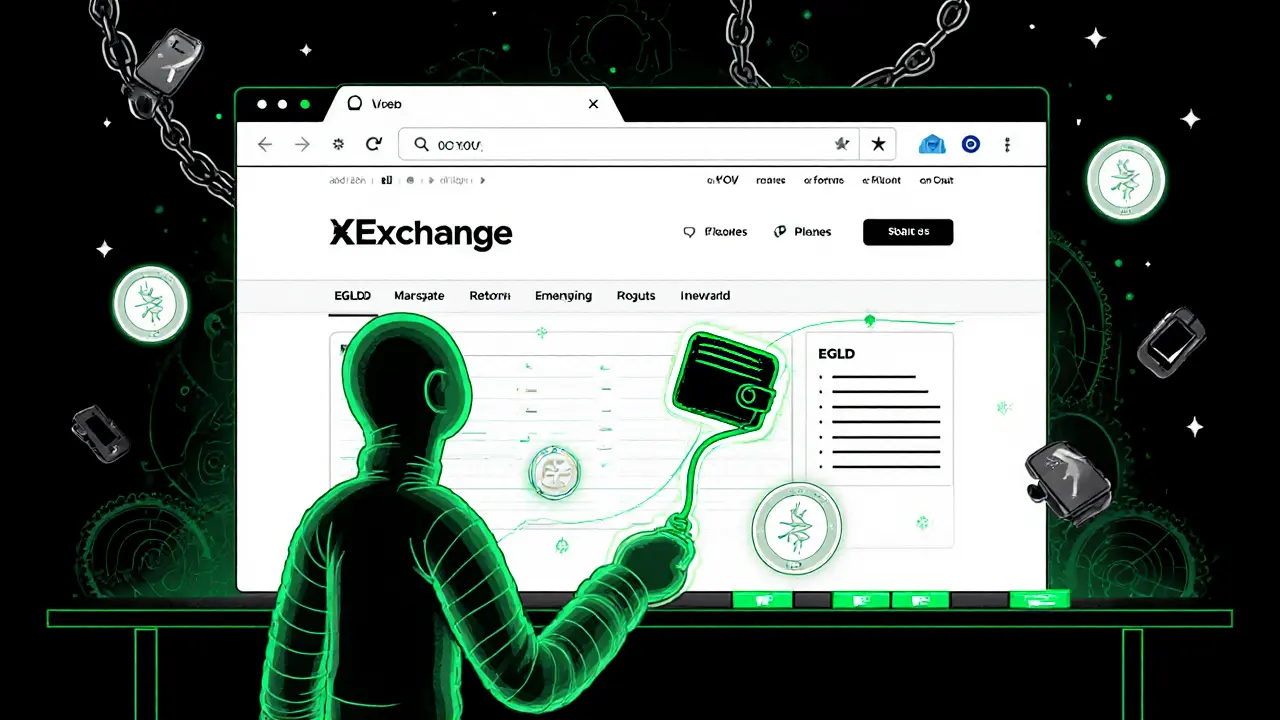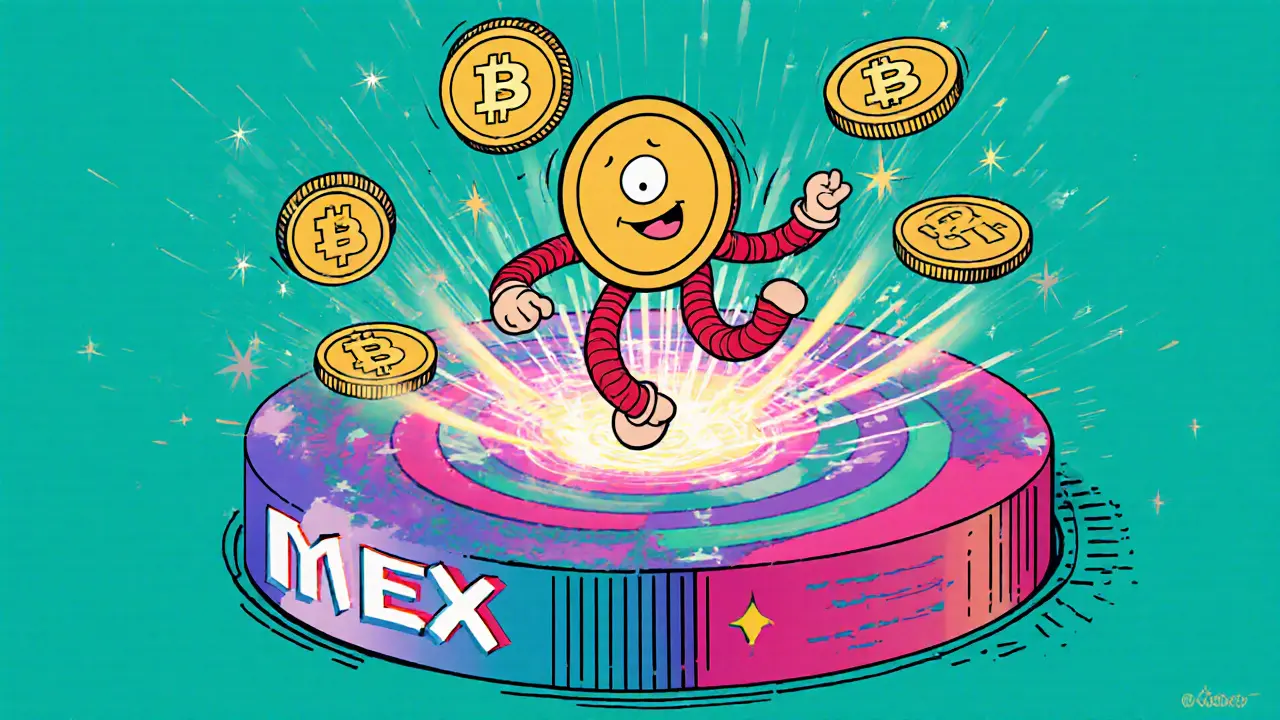MultiversX: What It Is, How It Works, and Why It Matters in Web3
When you hear MultiversX, a high-performance blockchain designed for mass adoption with near-instant transactions and ultra-low fees. Also known as Elrond, it was rebuilt from the ground up to solve the speed and cost problems that slow down most blockchains. Unlike older chains that struggle with congestion, MultiversX uses adaptive state sharding — a system that splits the network into smaller, parallel processing units — so it can handle thousands of transactions per second without getting clogged.
This isn’t just theory. MultiversX powers real applications: NFT marketplaces that load in under a second, DeFi protocols where swaps cost less than a penny, and games that run smoothly even with hundreds of players at once. Its native token, eGLD, isn’t just for trading — it’s used to secure the network through staking, pay for transactions, and vote on upgrades. You don’t need a PhD to use it, but you do need to understand that its architecture is fundamentally different from Ethereum or Bitcoin. Where those networks prioritize decentralization over speed, MultiversX balances both — and that’s why projects like Maiar Exchange and Metamask integrations chose it.
Related to MultiversX is sharding, a technique that divides a blockchain’s data and processing load across multiple segments to boost efficiency. Think of it like adding more checkout lanes at a busy store — instead of one long line, you have ten running at once. MultiversX doesn’t just use sharding — it dynamically adjusts it based on demand, making it one of the few blockchains that scales automatically. Then there’s eGLD, the native cryptocurrency that fuels every action on the MultiversX network. It’s not a stablecoin. It’s not a meme. It’s the fuel, the reward, and the governance token all in one — and its value is tied directly to how much the network is used.
What you’ll find below isn’t just a list of articles. It’s a collection of real-world tests, breakdowns, and warnings about what’s actually working on MultiversX right now. Some posts show you how to stake eGLD safely. Others expose fake projects pretending to be built on it. There are guides on using its wallet, how its fees compare to other chains, and why developers keep choosing it over bigger names. No fluff. No hype. Just what you need to know before you interact with anything on this chain.
xExchange is a privacy-focused decentralized exchange built on MultiversX, offering fast, low-fee swaps with no KYC. Ideal for experienced DeFi users seeking full asset control, but lacks mobile access and fiat support.
xExchange (MEX) is the governance token behind Maiar DEX on the MultiversX blockchain. Learn how it works, where to buy it, and whether it's worth holding in 2025.

